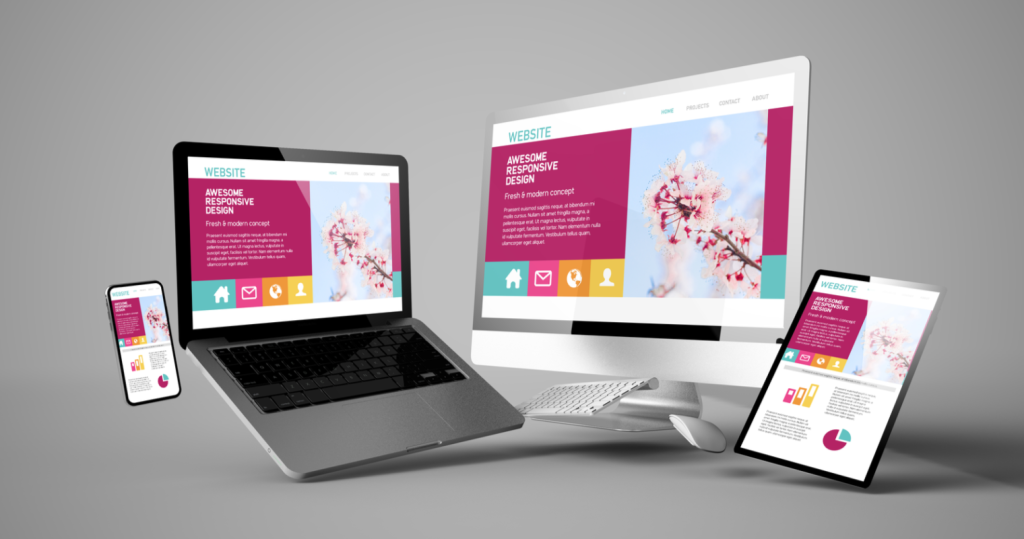Uncovering Budget Accommodation Options for Backpackers in Brisbane
The vibrant city of Brisbane is a favored destination for backpackers from around the world due to its rich cultural diversity, mesmerizing sights, and adventure-filled activities as explained here at travelmedia.biz/best-hostels-in-brisbane. However, an exciting journey often comes with budget constraints, pushing travelers to seek economical accommodation options that do not compromise on comfort and convenience. Triumphantly, the city does not disappoint, extending a myriad of budget-friendly lodging possibilities which includes the top hostels in Brisbane.
Staying at the top hostels in Brisbane undoubtedly benefits backpackers not just in terms of cost, but also with the opportunity to meet and socialize with fellow wanderers. These hostels boast modern amenities, friendly services, and strategic locations, putting the city’s must-see attractions within easy reach.
Whether you prefer a bustling, sociable environment or a tranquil retreat to rest after a day of exploration, Brisbane’s hostels offer a spectrum of choices catering to every backpacker’s preference. From dormitory-style rooms for communal living to private, peaceful quarters for solitude seekers, Brisbane thrives as a backpacker’s haven, resiliently keeping up with budget considerations and comfort requisites.
Key Factors to Consider When Choosing a Hostel in Brisbane
Brisbane’s dynamic city life attracts a significant number of backpackers each year, seeking an authentic Australian experience. One primary concern for these budget-conscious travelers is finding a suitable home base. While factors such as cost, comfort, and location undeniably play a crucial role, also important are the hostel’s proximity to various attractions, including bars in Brisbane, where the city’s vibrant nightlife can be experienced.
When picking the right hostel, backpackers must consider the facility’s quality amenities — from lockers to laundry rooms to communal kitchens. A good rule of thumb is to review the hostel’s policies and house rules to ensure your stay will be hassle-free and enjoyable. Moreover, an opportunity to socialize is often a draw for many backpackers; thus hostels with common lounge areas closely located to bars in Brisbane offer the chance to meet like-minded travelers while enjoying the nightlife offered by the city.
Exploring the Comfort and Affordability of Brisbane City YHA
Nestled in the heart of Brisbane, the Brisbane City YHA is a haven for backpackers seeking affordable yet comfortable accommodation. This hostel is known for its modern amenities and friendly vibe, making it a preferred choice amongst numerous travelers. One can enjoy stunning views of the Brisbane River and the city from the rooftop pool and patio of the establishment. The affordable price range of the Brisbane City YHA makes it a popular option for budget-conscious backpackers.
Guests at the Brisbane City YHA can enjoy a range of amenities designed to enhance their stay. Each room comes equipped with lockers for securing personal items and air conditioning, ensuring a restful night’s sleep after a day of exploration. The hostel also offers a fully-equipped kitchen, enabling travelers to cook their own meals, a cost-saving advantage more often than not appreciated by the backpacker community.
Additionally, with nearby attractions like the Roma Street Parklands, South Bank, and Queen Street Mall, the location of Brisbane City YHA becomes an additional advantageous factor. The comfort and affordability of Brisbane City YHA truly sets it apart in the backpackers’ accommodation space in Brisbane.
The Unique Appeal of Aussie Way Hostel for Backpackers
A popular choice among backpackers, the Aussie Way Hostel genuinely stands out in Brisbane’s expansive hostel scene. This heritage-style mansion offers a unique experience, combining an old-world charm with modern facilities. The hostel’s distinctive architecture and design radiate rustic appeal, setting it apart from typical, contemporary backpacker accommodations.
Guests frequently praise the inviting, homely atmosphere of the Aussie Way Hostel, and its exceptional cleanliness. The hostel proves particularly appealing to backpackers seeking a peaceful, friendly environment, apart from the urban bustle, but still conveniently located to enjoy the vibrant social life of Brisbane. The accommodation has budget-friendly options for dormitory-style beds and private rooms, making it an ideal stopover for all types of globetrotters.

